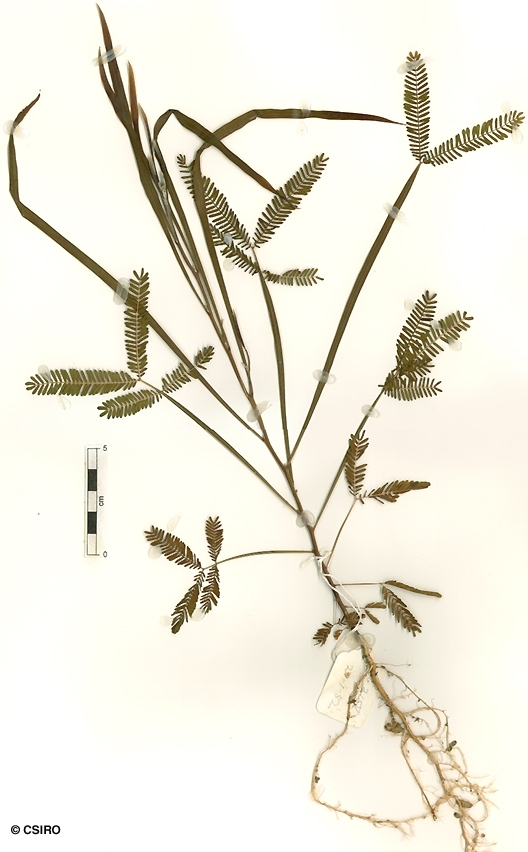Australian Tropical Rainforest Plants - Online edition
Acacia melanoxylon R.Br.




Brown, R. (1813) Hortus Kewensis 5: 462. Type: Nat. of Van Diemens Island. Robert Brown, Esq. [Given by L.Pedley, Austrobaileya 1 (1978) 222 as Port Dalrymple, Jan 1804, Brown (BM).
Wattle; Blackwood; Wattle, Black; Tasmanian Blackwood; Silver Wattle; Mudgerabah; Lightwood; Hickory; Black Wattle; Black Sally
Dead bark layered and tough to cut on larger trees. Inner blaze very fibrous and stringy.
Leaves green, phyllodineous. Leaf blades about 8-13 x 0.7-2 cm. Veins longitudinal, anastomosing, about 3-6 more prominent than the rest. Twigs angular in transverse section. A small gland normally present on the upper side of the leaf blade-petiole junction.
Inflorescence a panicle of heads on peduncles about 5-8 mm long, heads about 30-50 flowered. Calyx about 0.8-1.1(-1.3) mm long, consisting of a membranous tube and pubescent or scurfy thicker obtuse lobes, about 0.1-0.2 mm long. Corolla lobes thick, glabrous, about 1.8-2.1 mm long, fused in the lower third, corolla about twice as long as the calyx. Stamens about 4-5 mm long. Ovary glabrous or pubescent.
Pods coiled, up to 10 x 0.35-0.7 cm, rather thick. Seeds dark brown, longitudinally oriented in the pod, about 3-4 x 1.7-3 mm. Funicle pink, slender, usually running completely around the seed and then completely folded back on itself and again folded back on itself to the hilum. Seed pods normally present beneath mature trees, twisted and looped like a snake.
Cotyledons elliptic or obovate, about 4 mm long. First leaf pinnate, second leaf bipinnate. By the fourth or fifth leaf stage: leaves bipinnate, petiole greatly expanded, elongate and flattened. At the tenth leaf stage: leaves are either simple, linear and phyllodineous or compound and bipinnate; if linear, two or three main parallel veins run from the base to the apex; if compound, the petiole flattened and about 10-15 cm long, leaflets oblong, about 5-6 x 1-1.5 mm, unequal-sided at the base; stipules small, linear triangular, hairy. Seed germination time 10 to 378 days.
Food plant for the larval stages of the Blue Jewel, Common Imperial Blue and Letinus Blue Butterflies. Common & Waterhouse (1981).
Stem bark material of this species was active against some tumors. Collins et al. (1990).
Seldom grows large enough to produce a millable log. Produces a dark often highly figured, decorative cabinet timber.
Wood specific gravity 0.64. Cause et al. (1989).





